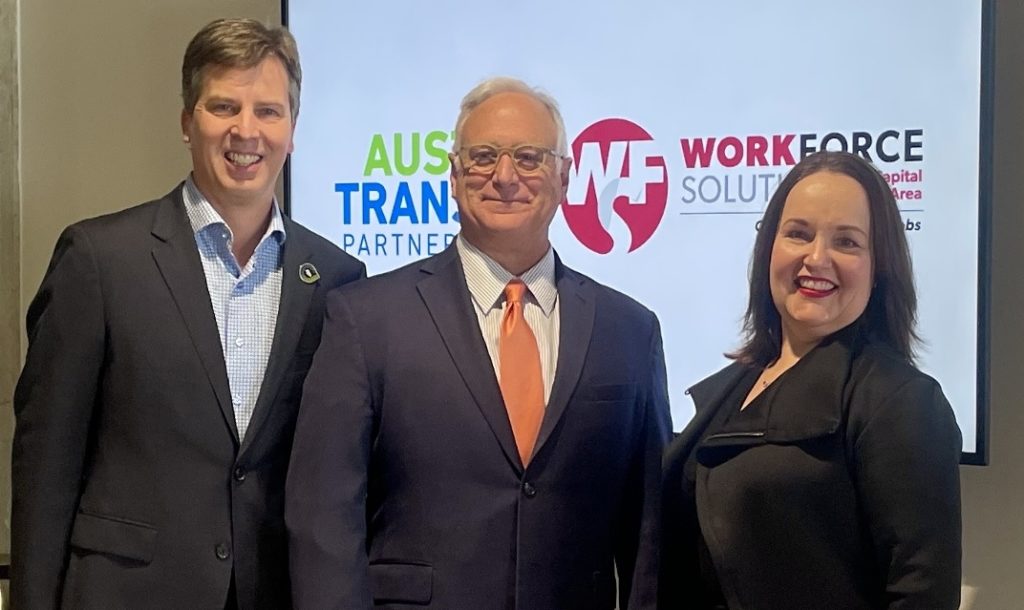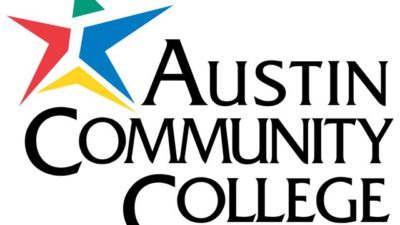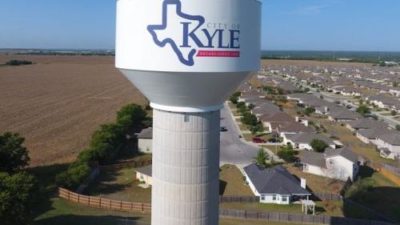The Austin Transit Partnership and Workforce Solutions Capital Area on Friday announced a partnership that will aim to develop Austin’s workforce to accommodate expanding infrastructure projects in Central Texas. The two organizations will create what officials say is the region’s first Workforce Mobility Industry Sector Partnership and Workforce Infrastructure Action Plan. The end goal will be to build skilled talent from within the Austin community to meet the employment demands of the region as Project Connect progresses.
“I congratulate Austin Transit Partnership and Workforce Solutions Capital Area on this endeavor, and I am confident the partnership will have a positive, long-lasting impact on the Austin community,” Austin Mayor Kirk Watson said. “ATP has been committed to increasing our city’s mobility since its inception, and Workforce Solutions Capital Area’s dedication to uplifting job seekers is unmatched in our community. I look forward to their collaborative achievements in the years to come.”
According to JobsEQ, a provider of labor market data and demographics, the Austin metro area currently employs 103,898 workers in the local construction and transit-related industries. The demand for workers in those fields is expected to increase to 142,657 over the next decade, with many of those jobs needed for Austin and the rail expansion within Project Connect.
“Austin is brimming with untapped talent needed to fill the thousands of jobs our future mobility and infrastructure projects, including Austin Light Rail, will generate,” Tamara Atkinson, chief executive officer of Workforce Solutions Capital Area, said. “Ensuring Austin has the skilled workforce needed to meet the demands of our growing region is paramount, and we are ready to serve as the hub for filling and growing mobility roles in operations, management and beyond.”
The partnership will kick off in April with Workforce Solutions analyzing the community’s mobility and infrastructure workforce ecosystem. The work will include a comprehensive study on the supply and demand of occupations in construction, skilled workers and related industries. Additionally, it will contain an assessment of current worker availability, job training capacity, academic readiness of job seekers and more, the city said.





